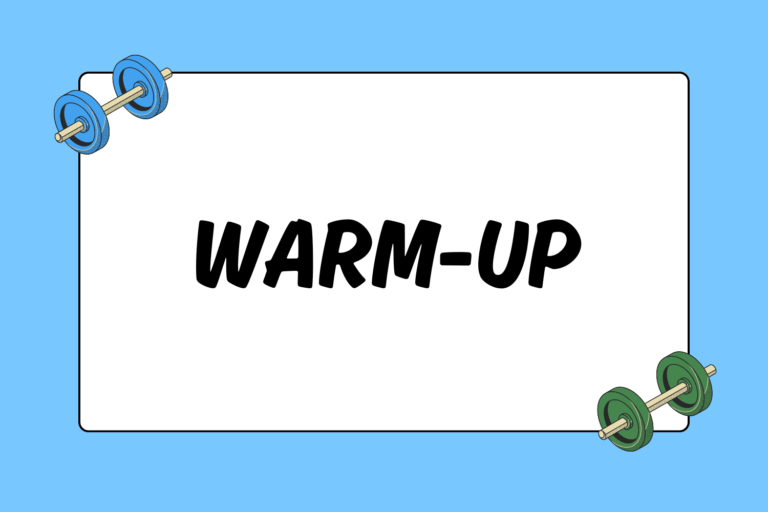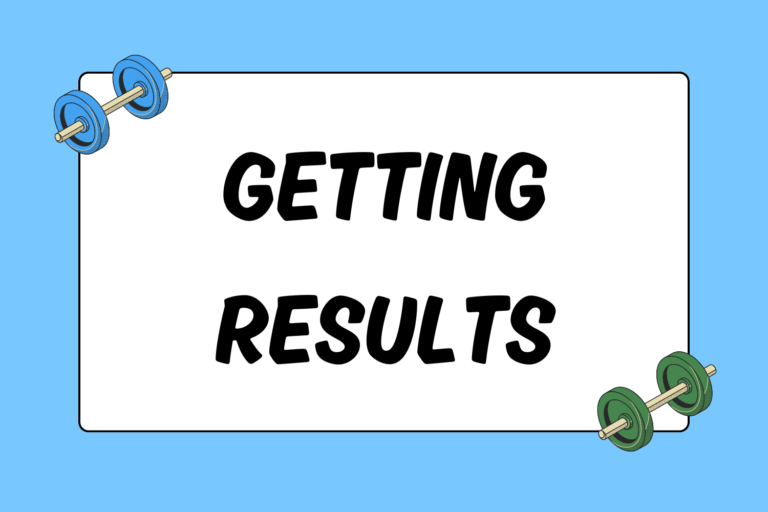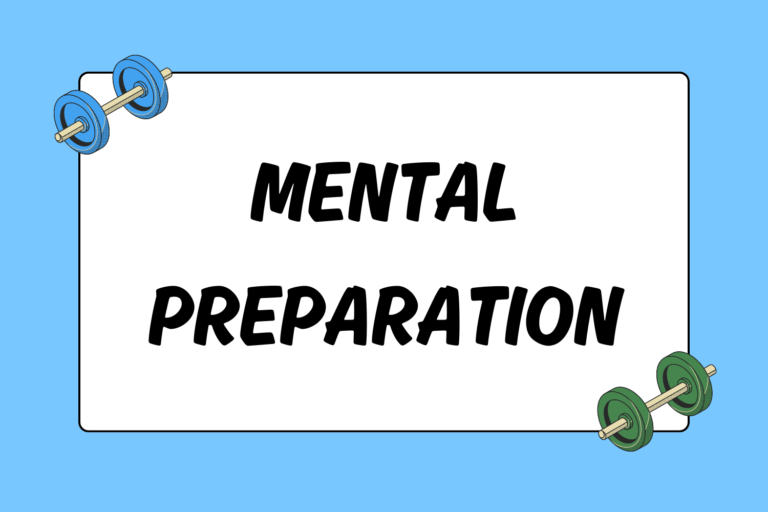Weighted medicine ball workouts enhance strength, coordination, agility, speed, and flexibility. To boot, they manage to accomplish all of this without ever being boring.
The balls, which usually weigh between 2 to 15 pounds, add variety to sports conditioning, strength training, Pilates, and yoga workouts. This guide explains the benefits of medicine ball training, and provides examples of medicine ball workouts.
Medicine Ball History
References to medicine ball workouts appear throughout history. The balls played a key role in military training in ancient Persia. The Greek physician Hippocrates used the balls in his fitness and rehabilitation programs. In 1569, Renaissance physician Hieronymus Mercurialis included medicine ball workouts as part of the “medicinal gymnastics” featured in his fitness book titled De Arte Gymnastica.
The balls bounced into mainstream fitness centers during the 1990s, at a time when the fitness industry was in transition. As gym members expressed interest in sports conditioning, agility, and functional training, fitness instructors incorporated medicine ball workouts into their programs.
Amazingly True Story
Medicine ball workouts always played a key role in the training programs of Eastern European Olympic athletes. At the end of the Cold War, many Eastern European athletes, coaches, and training manuals made their way into the United States. American coaches learned more about medicine ball exercises, and commingled Eastern and Western training methods.
Medicine Ball Benefits
Medicine ball workouts add fun, variety, and coordination skills to your regular exercise program. Benefits include:
- Agility: Medicine ball training improves your reaction time.
- Strength: Weighted medicine balls facilitate strength-training exercise in multiple planes of movement.
- Flexibility: Rolling the ball in different directions along the floor increases the range of motion in your shoulders and upper back.
- Massage: Lying supine with the ball under your neck relieves neck strain and tension.
- Play: Adding an element of play to your workout prevents burnout.
Plyometric Workout
Plyometric jumping exercises engage your hamstrings by emphasizing the return phase of the jump. Adding a medicine ball adds weight to the workout, forcing you to bend your knees deeply and increase hamstring and gluteal muscle activity.
- Hold a weighted medicine ball with both hands.
- Bend your knees, lower your hips, and perform a squat.
- Straighten your legs, jump into the air, and simultaneously toss the ball above your head.
- Catch the ball and land in a squat.
Fun Fact:
During the 1930s, President Herbert Hoover traveled on a battleship, where the soldiers played a “bull-in-the-ring” game with a medicine ball. Hoover, at 210 pounds, needed a fitness and weight loss program, and decided to create a daily, seven a.m. “medicine ball cabinet.” Players included the president, his wife, her secretary, and Amherst football star and Supreme Court Justice Harlan Stone.
Gluteal Strength Workout
The American Council on Exercise listed the old-fashioned quadruped as one of the most effective gluteal exercises. A weighted medicine ball adds resistance and takes the exercise to the next level.
- Kneel on all fours.
- Lift one calf, and position the medicine ball in the groove of your knee.
- Contract your hamstring, bringing your heel toward your buttocks. This will help you hold the ball in place.
- Lift the weighted leg from the floor.
- Tap your knee on the opposite calf.
- Bring your leg back to center.
- Lower it to the starting position.
Mental Edge
Vary your medicine ball workouts by practicing with a partner. Use rotational movements, or practice the exercise with both partners standing on a balance board. Training with a partner forces you to focus on the direction from which the ball is traveling, thereby improving overall agility.
A Versatile Fitness Tool
Few types of exercise equipment are as versatile and affordable as the medicine ball. Low-tech and low-maintenance, the medicine ball offers a chance to diversify your workouts, often within the privacy of your own home or backyard.





